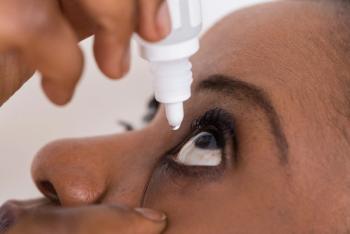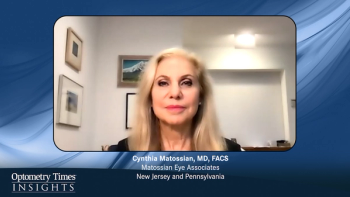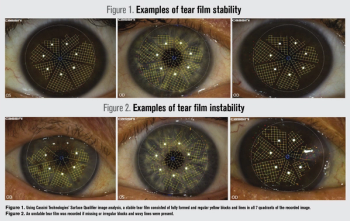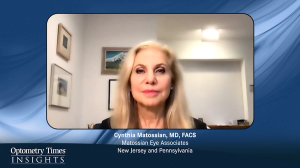
Cynthia Matossian, MD, FACS

Cynthia Matossian, MD, FACS, is the founder and medical director of Matossian Eye Associates with multiple offices in PA and NJ.
Dr. Matossian specializes in refractive cataract surgery and dry eye disease. She was the 2017 winner of the Ophthalmic World Leaders Visionary Award. She has been named one of the Top 25 Leading Women Entrepreneurs in New Jersey and one of New Jersey and Pennsylvania’s Best 50 Women in Business. She is a clinical assistant professor of ophthalmology (adjunct) at Temple University School of Medicine.
Articles by Cynthia Matossian, MD, FACS


Cynthia Matossian, MD, FACS, discusses the short- and long-term treatment options for dry eye flares.

Dr Matossian explains the importance of treating dry eye flares and what can happen if they are left unchecked.

Dr Matossian elaborates on how both patients’ and physicians’ awareness of dry eyes flares affects their eyesight and how they move forward with treatment.

Cynthia Matossian, MD, FACS, provides an overview on dry eye flares, including causes, symptoms, and her experience with dry eye flare patients.

A panel of ophthalmologists and optometrists conclude a discussion about dry eye disease by commenting on advances occurring in the field and future expectations for managing patients.

Unique clinical trials and novel products of interest currently under investigation for the treatment of dry eye disease.

Strategies that can help eye care specialists work with patients to establish and stick to treatment plans for dry eye disease.

Types of in-office procedures currently being used by ophthalmologists and optometrists to aid in the treatment of dry eye disease.

Eye care specialists describe when corticosteroid therapy should be considered to treat dry eye disease and describe best practices when treating pre-surgical patients.

The most common types of artificial tears recommended to help manage dry eye disease and the importance of proper use for full benefit.

Eye care professionals discuss their comfort in recommending oral omega-3 fatty acids to help treat dry eye disease.

How to select and discuss sequential therapy with patients who have dry eye disease and set expectations for treatment.

Resources and strategies that can be used to help educate patients about dry eye disease and optimize adherence to therapy.

Criteria that would prompt further evaluation for dry eye disease and the types of tests used to work-up and accurately diagnose the condition.

Eye care professionals explain the impact of unstable tear film and untreated dry eye disease on patient quality of life.

The impact of autoimmune and systemic diseases as well as environmental triggers on the development of dry eye disease.

A panel of ophthalmologists and optometrists begin a discussion on the management of dry eye disease by defining the condition and highlighting common symptoms.

Studies highlight importance of tear film stability in cataract and refractive surgery outcomes
Latest Updated Articles
 Common Causes of Dry Eye Disease
Common Causes of Dry Eye DiseasePublished: April 30th 2021 | Updated:
 Closing Remarks: Personalizing Dry Eye Care
Closing Remarks: Personalizing Dry Eye CarePublished: June 7th 2021 | Updated:
 Evaluating Patients for Dry Eye Disease
Evaluating Patients for Dry Eye DiseasePublished: May 10th 2021 | Updated:
 Treatment Options for Dry Eye Flares
Treatment Options for Dry Eye FlaresPublished: July 27th 2021 | Updated:
 Dry Eye Flares: An Overview
Dry Eye Flares: An OverviewPublished: June 30th 2021 | Updated:
 Eye Care Products in the Pipeline for Dry Eye Disease
Eye Care Products in the Pipeline for Dry Eye DiseasePublished: June 7th 2021 | Updated:




.png)


